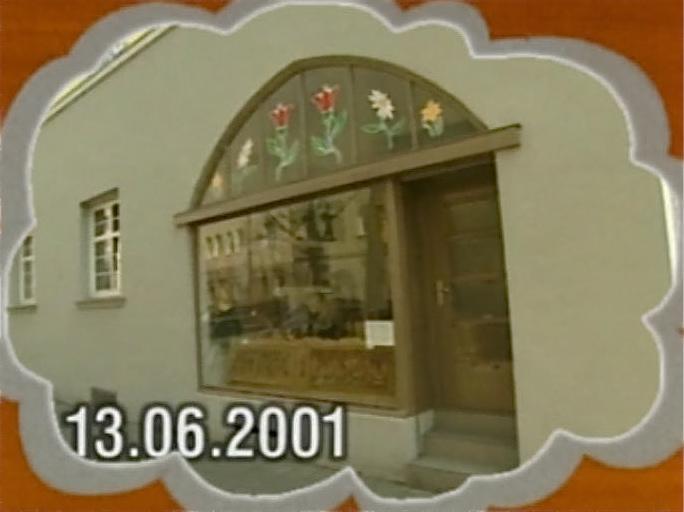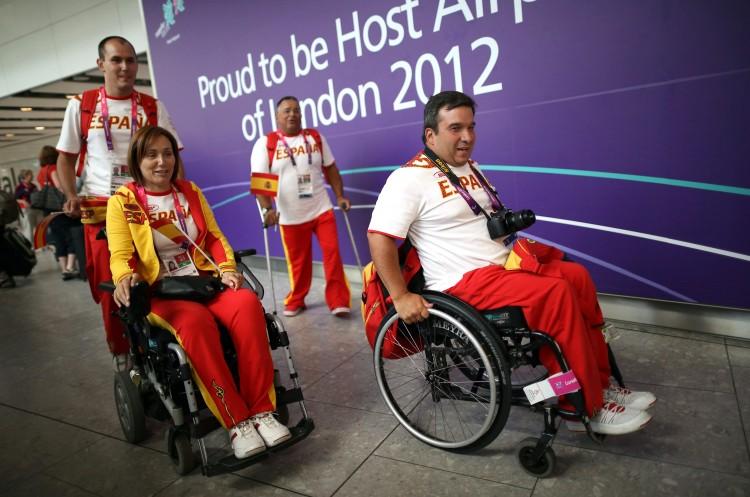In Germany, authorities are trying to unravel the case of an apparent underground neo-Nazi terrorist cell that robbed banks and killed immigrants for over a decade, and was only accidentally discovered on Nov. 4. Already, heavy criticism has been directed against the police for failing to discover and stop the group, consisting of two men and a woman. New information also suggests that a member of the domestic intelligence service may even have been aiding or supporting them.
On Nov. 4 two bank robbers in the town of Eisenach in eastern Germany, set fire to their camper van and shot themselves when the police closed in. In Zwickau, 180 miles away, an apartment later revealed to be their hideout, was also set on fire by a female accomplice. It turned out that this was the last gasp of an unknown neo-Nazi terrorist cell that is now suspected of a series of murders and robberies and a bombing over the last decade.
The dead men, Uwe Mundlos and Uwe Bohnhardt, and the woman, Beate Zschape (who has turned herself in to the police, but is not talking), were all in their mid- to late thirties and on the run and off the radar since the late ‘90s, when they were known to belong to a neo-Nazi group that made bomb threats. They called themselves The National Socialist Underground but have already been dubbed The Brown Army Faction in an article by German news magazine Der Spiegel, in reference to the 1970s left-wing terror group The Red Army Faction. A fourth person suspected of aiding the group has also been arrested.
Weapons and other evidence, such as propaganda DVDs, found in the burned out apartment suggests that the group was responsible for a series of unresolved crimes: the murder of nine people of Turkish and Greek origin between 2000 and 2006, the murder of a young female police officer in 2007, a 2004 bombing that injured 22 people, mostly Turks, and a string of bank robberies to support their life on the run.
What is new and unusual about the case is that the cell never made any political statements or otherwise made it known that the nine immigrant killings were political in nature. In fact, the police suspected up until the discovery of the cell, that the killings were linked to mafia activity. It seems, however, that the group may have been preparing to go public with their deeds, since propaganda DVDs where they seem to boast their crimes were found in their hideout.
How they managed to escape police attention is also a hot topic for debate in Germany at the moment, and several politicians have already criticized the police and intelligence agencies for being oblivious to the group. Chancellor Angela Merkel has called the case “a national disgrace” and her Christian Democratic Union party has also called for a ban on the far-right National Democratic Party, which is suspected of harboring violent neo-Nazis. This has also sparked a debate about whether or not this is the right way to handle the problem.
The case is still growing. It has now been revealed that an officer of the domestic intelligence service, BfV, who was known to have Nazi leanings, was present at the scene of one of the murders in 2006, according to Der Spiegel. The magazine also reported that a list of 88 names, among them two politicians, had been found, raising suspicions that the cell may have planned more killings. It is also unknown if they had other accomplices, apart from the fourth person who was arrested on Nov. 13.
Beate Zschape is right now considered the only one who can shed more light on the unique and shocking case, and she has so far refused to speak to the police.






